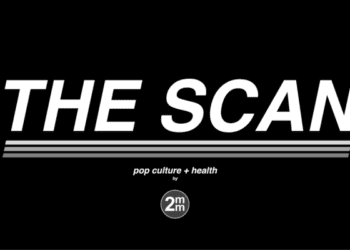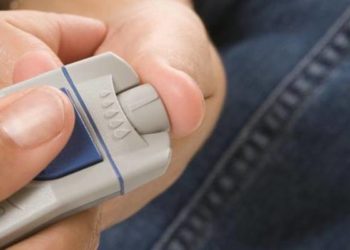Providers require additional support with telehealth visits during the pandemic
1. Virtual examination training and home-based diagnostics were vital to support providers’ decision-making capacities.
2. Current technology did not support multiparty videoconferencing and was not straightforward to use for providers.
Evidence Rating Level: 5 (Poor)
Study Rundown: Health systems have shifted to video visits to facilitate telehealth in order to observe social distancing guidelines due to the rise in severe acute respiratory syndrome coronavirus 2 (SARS-CoV-2) cases . Urgent and primary care visits have been transferred to virtual visits, and frontline providers have been given training for best practices in clinical care. However, with the rapid change in clinic visits, the facilitators and barriers to program adaption are unknown. As such, this study examined the long- and short-term implications of the shift to video calls used to provide medical care. The findings suggested that further training and home-based patient diagnostics were required to better inform providers in their decision-making. This qualitative interview study was limited by its study design. The interviews and evaluations regarding video technology were conducted immediately after the health system implemented the change. Therefore, the evaluations captured the initial reactions of the providers during their adjustment period to the change in the medical care practices. Nonetheless, this study provides important information about necessary program changes and helps identifys broader issues to ensure program sustainability.
Click to read the study in Annals of Internal Medicine
Relevant Reading: The role of telehealth in the medical response to disasters
In-Depth [survey]: This qualitative interview study included 53 interviews across six clinical sites from a single medical center. To be included, there must have been adoption of videoconferencing between February 28, 2020, to March 3, 2020, providers should have attended training sessions, and interviews should have been conducted with at least three providers per site. The exclusion criteria included adoption of videoconferencing technology after March 3, 2020. From the interviews, twelve themes emerged ranging from “Pandemic as Catalyst” to sustainability. The pandemic became a catalyst for the implementation and rapid adoption of videoconferencing for medical care. As one administrator stated, “barriers were wiped away during this pandemic”. Technologists noted the pandemic has changed the approach from reactive to enterprise with leadership prioritizing pandemic-related work such as videoconferencing. Even with the positive changes seen within the health system, providers were concerned about their skillset in video conferencing and decision making. Specific doubts that arose through the use of the new technology were delayed diagnoses and guessed diagnoses. These doubts stemmed from the inability of the providers to conduct a physical exam, especially for patients that presented with complicated chief complaints such as abdominal pain. Another theme that came from the interview was equitable access. Many providers noted that elderly patients had difficulty in video visits due to disparities in technology literacy and access to appropriate technology. However, patients with lack of access to transportation and childcare were more satisfied with the videoconferencing, and these patients were more likely to attend their appointment. Finally, the sustainability of videoconferencing connected back to insurance reimbursements and state licensing. Currently, many insurers do not pay for video visits; therefore, in the case of the study, the institution had to absorb any unpaid costs. Furthermore, due to the regulation placed by state licensing, the providers were seldom able to provide care to out-of-state patients. Taken together, medical care through videoconferencing has rapidly been adopted by health systems. However, stakeholders need to gain more experience with this technology.
Image: PD
©2020 2 Minute Medicine, Inc. All rights reserved. No works may be reproduced without expressed written consent from 2 Minute Medicine, Inc. Inquire about licensing here. No article should be construed as medical advice and is not intended as such by the authors or by 2 Minute Medicine, Inc.




![2 Minute Medicine: Pharma Roundup: Price Hikes, Breakthrough Approvals, Legal Showdowns, Biotech Expansion, and Europe’s Pricing Debate [May 12nd, 2025]](https://www.2minutemedicine.com/wp-content/uploads/2025/05/ChatGPT-Image-May-12-2025-at-10_22_23-AM-350x250.png)



